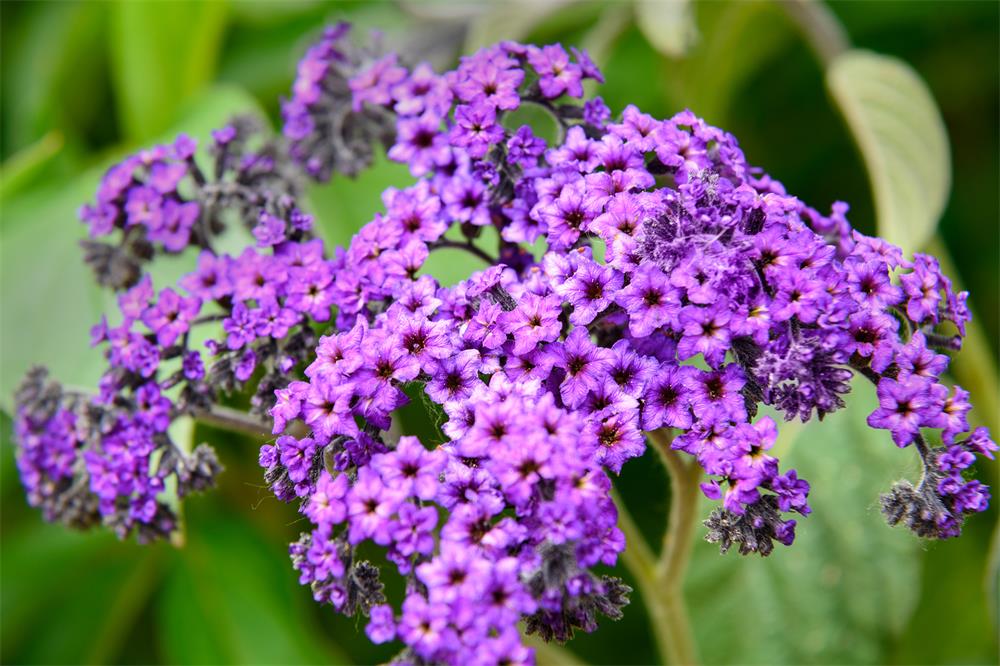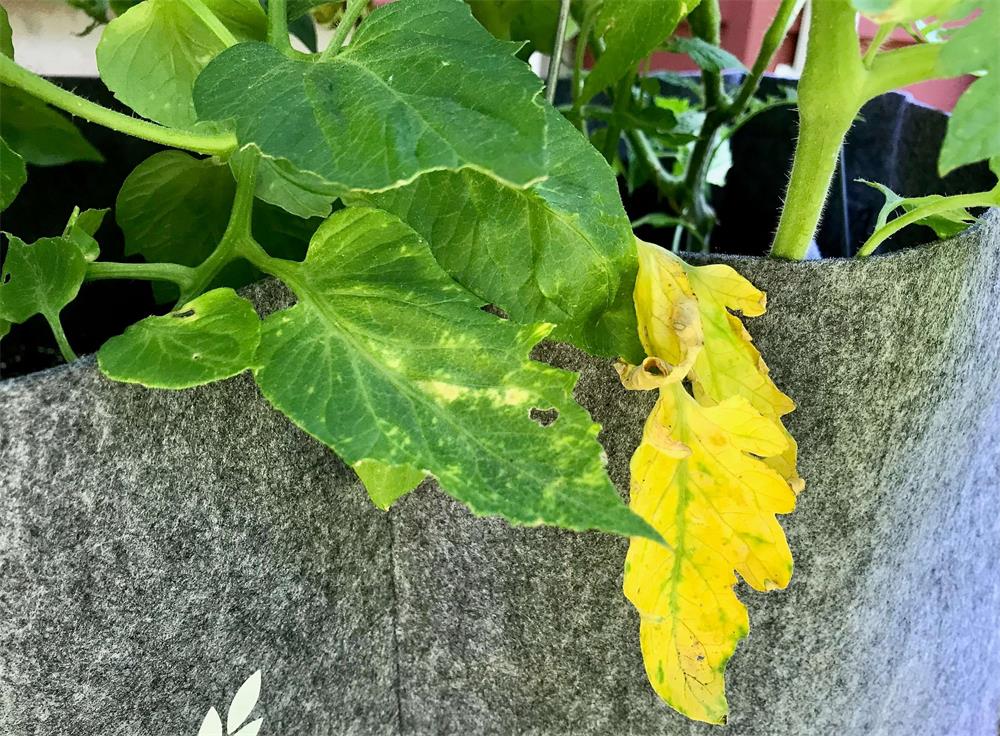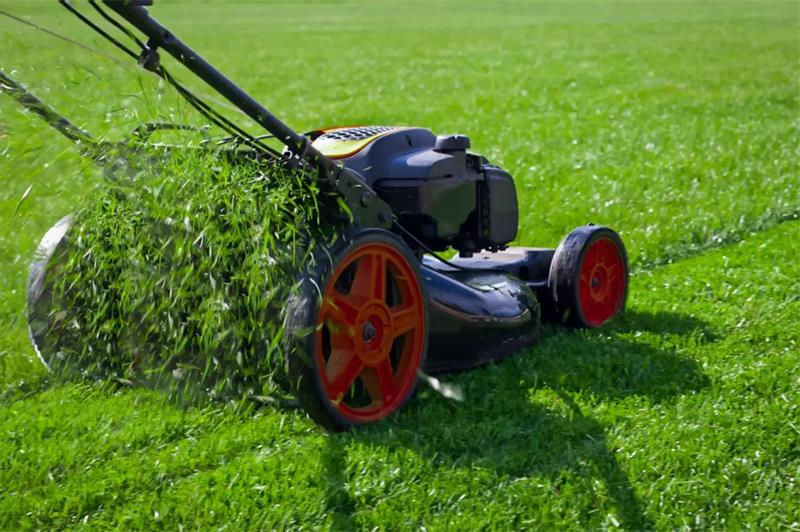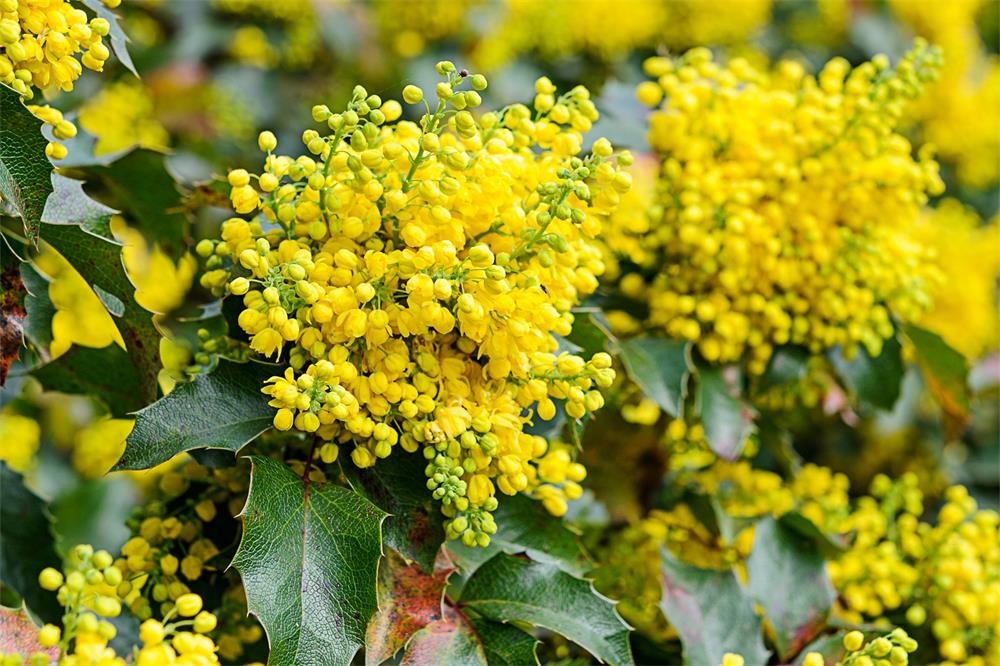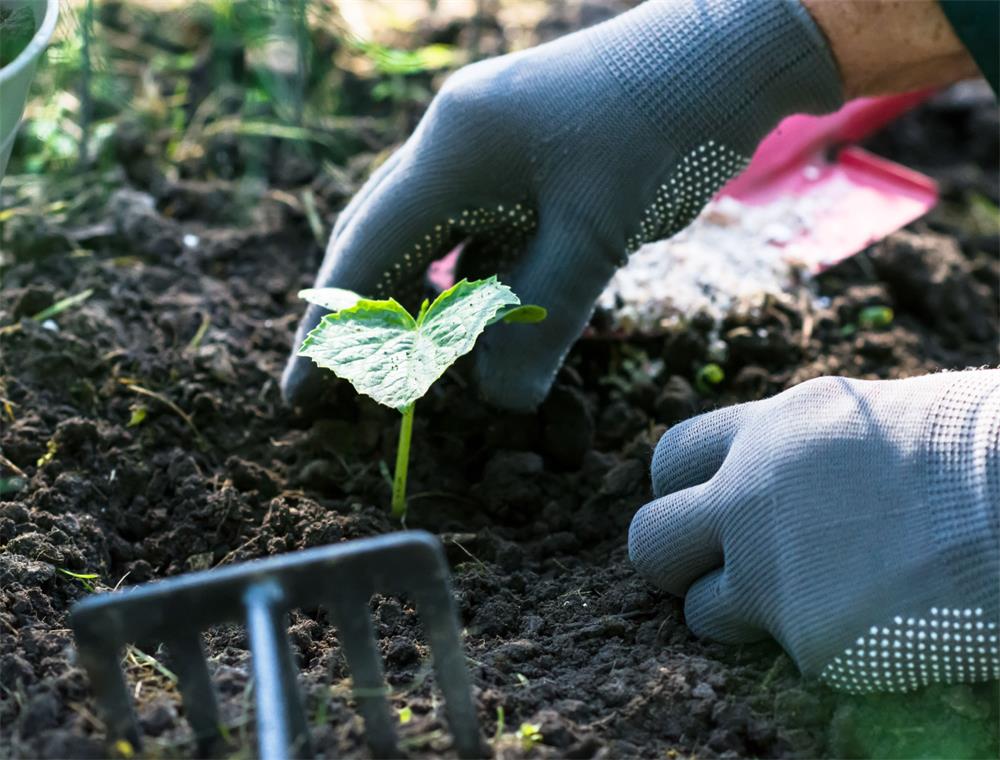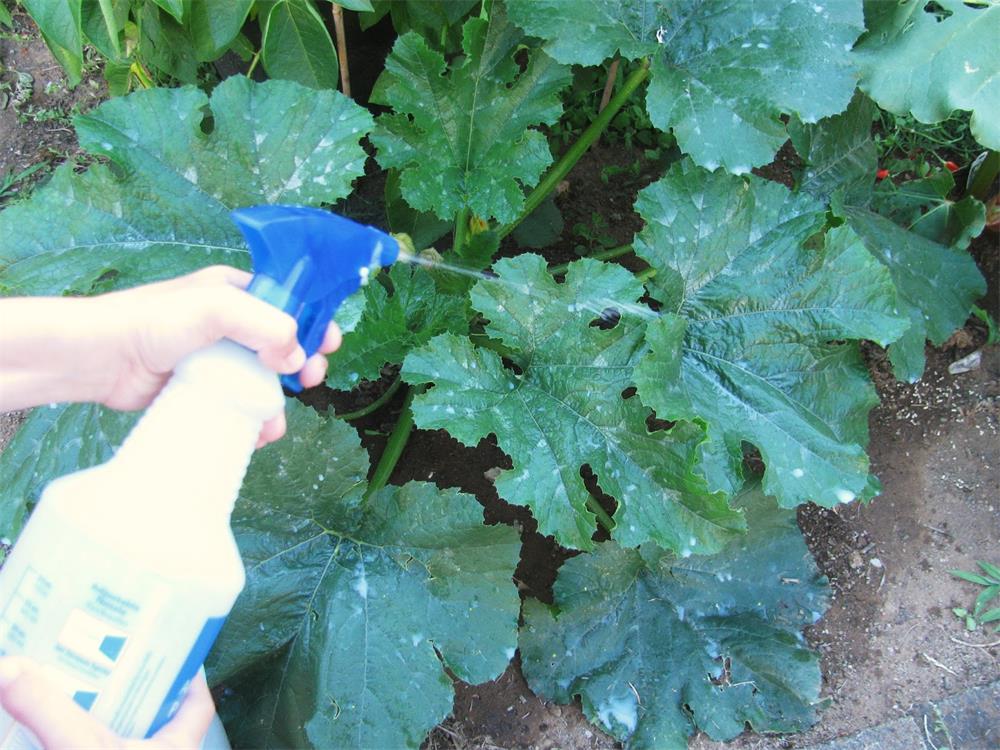
Table of Contents
Powdery mildew is a common fungal disease that affects many plants, especially those in the cucumber family, such as squash, pumpkin, and cucumber. It also infects roses, grapes, zinnias, and other ornamentals. Powdery mildew appears as white or gray patches on the leaves stem, and flowers of the plants, reducing their photosynthesis, growth, and yield. It thrives in warm and humid conditions and can spread quickly by wind or insects.
Fortunately, there is a simple and organic way to prevent and control powdery mildew: milk spray. Milk spray is a mixture of milk and water that you apply to plants with a spray bottle or a garden sprayer. Milk spray has been shown to be as effective as chemical fungicides or sulfur in suppressing powdery mildew on various crops.
How Milk Spray Works as a Fungicide
The exact mechanism of how to milk spray works against powdery mildew is not fully understood, but some researchers suggest that it has something to do with the protein in milk. When exposed to sunlight, the protein may create an antiseptic effect that kills the fungus or inhibits its growth. Protein is present in both whole and skim milk, but some studies have found that whole milk may be more effective than skim milk. The fat content of milk may also help to coat the leaves and prevent fungal spores from germinating.
How to Use Milk Spray to Control Powdery Mildew
Milk spray works best as a preventive measure rather than a cure. This means that you should apply it before powdery mildew appears on your plants, or as soon as you notice the first signs of infection. You should also practice good cultural methods to reduce the risk of powdery mildew, such as choosing resistant varieties, spacing your plants properly for air circulation, watering in the morning, and removing infected leaves.
To make milk spray, you need to mix milk and water in a ratio of 40/60. You can use any type of milk, but some gardeners prefer raw or organic milk for better results. You can also add some whey to the mixture for extra protection. Mix the solution in a spray bottle or a garden sprayer, and shake well before using.
Spray your plants with milk solution once a week, preferably in bright sun. Make sure to cover all parts of the plants, including the undersides of the leaves. You may need to increase the frequency of spraying if the weather is very humid or rainy. You can also adjust the concentration of milk according to your needs. Some gardeners use undiluted milk for a stronger effect, while others use less milk for a milder effect.
Milk spray is a safe and inexpensive way to control powdery mildew on your plants. It does not harm beneficial insects or pollinators, and it does not leave any residue on your crops. It may even improve the flavor and nutrition of your fruits and vegetables. Try it out and see for yourself how milk can help your garden grow healthy and happy.
Conclusion
Powdery mildew is a fungal disease that can affect many plants and reduce their quality and yield. However, you can prevent and control it with a simple and organic solution: milk spray. Milk spray is a mixture of milk and water that you apply to your plants once a week. It works by creating an antiseptic effect that kills or inhibits the fungus. Milk spray is safe, cheap, and easy to make and use. It can also improve the taste and nutrition of your crops. If you want to protect your plants from powdery mildew without using chemicals or sulfur, give milk spray a try and see the difference.




